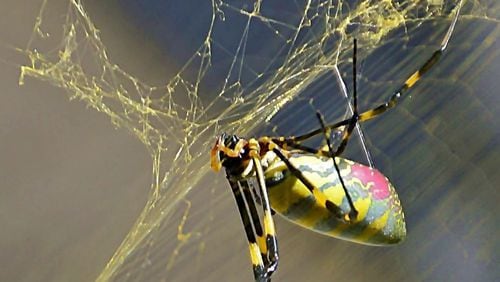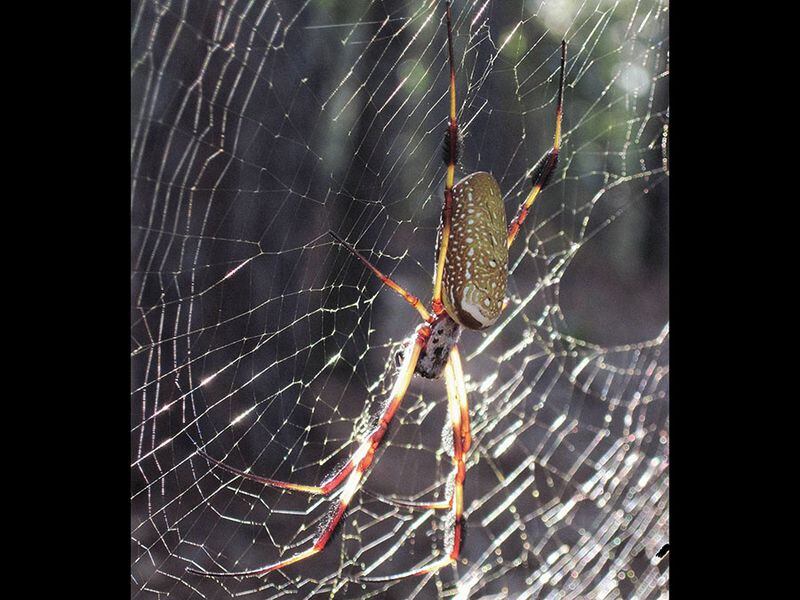Calling all citizen scientists.
University of Georgia researchers want people to document sightings of two spiders that are relative newcomers to areas in and around Clarke County and other parts of northeast Georgia.
A few years ago, researchers became aware that the colorful Joro spider and it’s arachnid cousin, the banana spider, were taking a liking to the central and north part of the state.
Joro spiders probably arrived as egg sac hitchhikers on ships coming from overseas then traveling on freight containers along the I-85 corridor.
Rick Hoebeke, associate curator of arthropods at the Georgia Museum of Natural History, they are not considered poisonous to humans or pets, although some people may have an adverse reaction to their bites.
Related:
The colorful Joro is native to Asia and the brown banana spider is usually found in coastal areas in the southeastern United States. The Joro is also known as the fortune-teller spider and believed to have supernatural abilities.
The presence of more banana spiders in area, Hoebeke said, “might suggest the climate is changing. It’s a little bit warmer,” he said.
He said the university is getting between 10 and 12 emails daily about sightings. He wants people who see them to snap a photo and contact his office so researchers can get a idea of their movement and their prevalence.
“Lots of people have seen them,” said Hoebeke.
What’s unique about the Joro spider is its colorful body and its golden yellow webbing, which can span as much as eight feet wide. “It’s a large, large expansive web,” he said.
Related:
It can be found in wooded areas, on telephone poles, under the eaves of homes.
He called it a “beneficial” spider because it’s web can catch flying insects.
The banana spider has a similar web, but it's legs are more hairy. "It looks like it has hairbrushes on its legs," he said.
If you spot either spider, you can email Hoebeke at rhoebeke@uga.edu.








